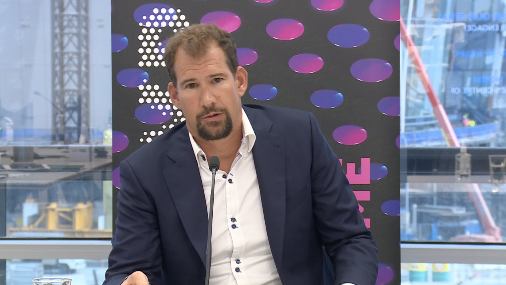WPP’s Jens Monsees on a ‘menu’ of pay cut options, a ‘few’ redundancies, and why COVID-19 is an ‘exciting’ time
At this morning’s AGM, CEO Jens Monsees told shareholders that WPP AUNZ is facing a potential $10m half year loss. But a couple of hours later, he’s adamant that these are “very exciting times”. Speaking with Mumbrella’s Brittney Rigby, Monsees also confronts the question of pay cuts and job losses, praises John Steedman, and explains why we can learn a lesson in adaptability from his children.
Just six months ago, Jens Monsees moved his family across the world to start as CEO of WPP AUNZ. He had never worked at an advertising agency before. With an established career in his home country of Germany, at companies like BMW and Google, he had never worked in Australia or New Zealand. His children didn’t speak English.
And already, he has faced two unprecedented crises; we barely had a chance to recover from the bushfires tearing through lives and livelihoods before COVID-19 took its turn to tear up life, and the industry, as we knew it. But when I speak with Monsees a couple of hours after he flagged a potential $10m half year loss during his first WPP AGM, he uses an unexpected adjective to describe the current situation: “exciting”.

Monsees spoke to Mumbrella after presenting at his first WPP AGM

